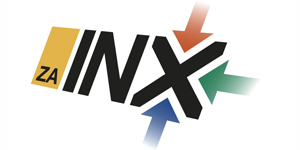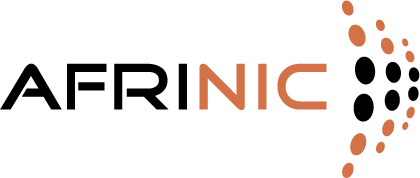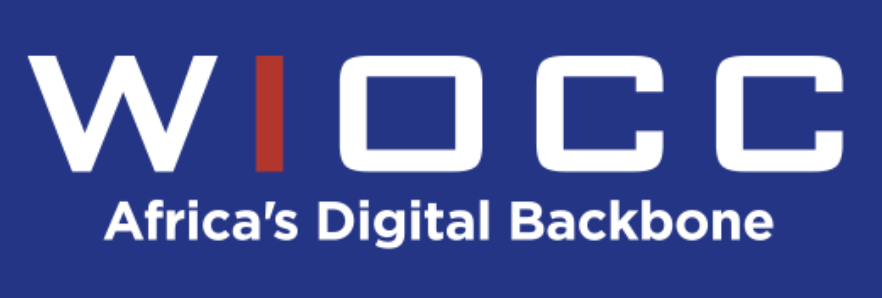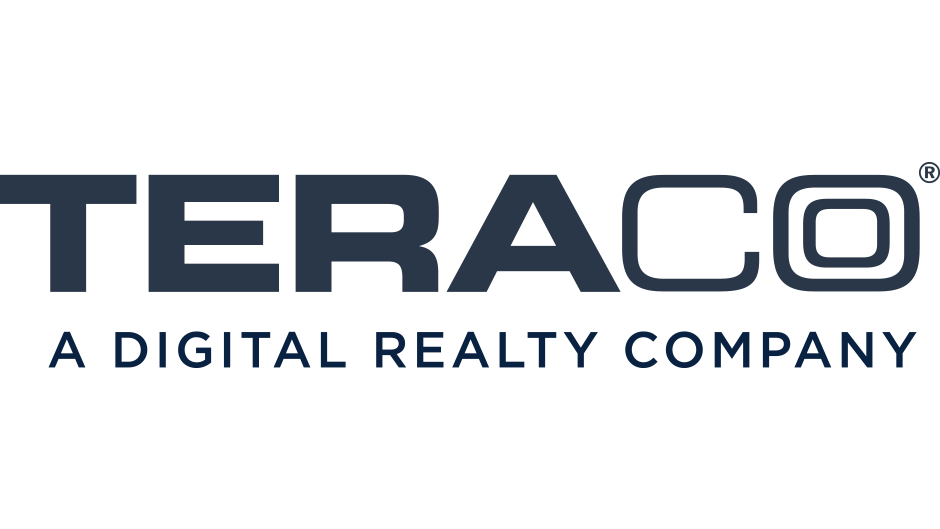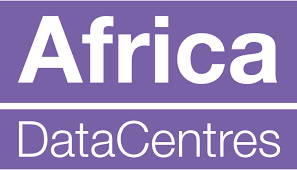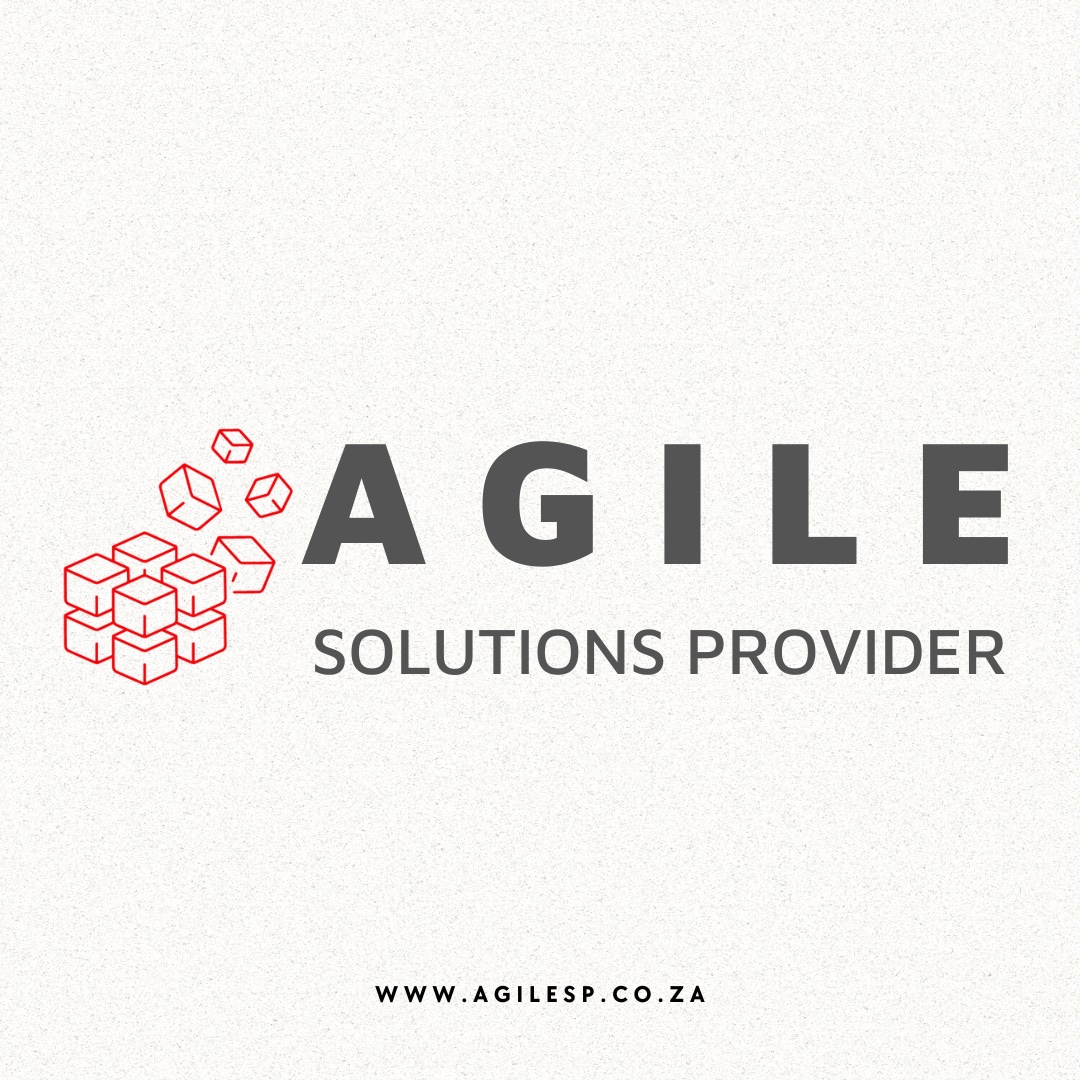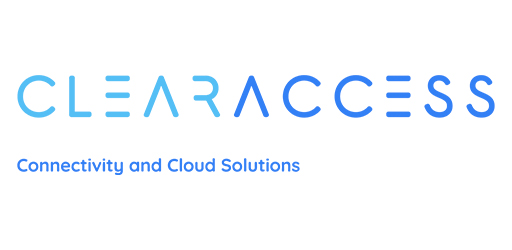- Indico style
- Indico style - inline minutes
- Indico style - numbered
- Indico style - numbered + minutes
- Indico Weeks View
ZANOG23
→
Africa/Johannesburg
Injabulo (Indaba Hotel, Spa and Conference Centre)
Injabulo
Indaba Hotel, Spa and Conference Centre
William Nicol Drive, Pieter Wenning Road Johannesburg, Fourways, Sandton, 2191
,
Description
ZANOG 23 (2023) will be held in Johannesburg, South Africa
The ZANOG 23 (2023) plenary will take place on March 22-24, 2023 in Johannesburg, South Africa, at the Indaba Hotel and Spa.
ZANOG is a group of individuals, who have a strong interest in Internet-related technologies. Typically, we are people that work or have worked at ISPs, WISPS, hosting companies, or other businesses that make significant use of the Internet.
ZANOG-23 will be a 3 day event; 1 day of which is tutorials, and 2 days are full-technical plenary sessions.
ZANOG-23 SPONSORS
Title Sponsor
Peering sponsor
Training Sponsor
Medium Sponsor
Medium Sponsor
T-shirt Sponsor
Social Sponsor
Coffee Sponsor
Small Sponsor
Small Sponsor
Small Sponsor
Small Sponsor
Bandwidth Sponsor
Wifi Sponsor
Livestream: Coming soon!
Twitter: #ZANOG23
Jabber Chatroom: Coming soon!
Flickr: Coming soon!
ZANOG Info
Participants
Abyda Aziz
AJ De Kock
Alex Mann
Amreesh Phokeer
Amy McDougall
Andre Kannemeyer
Andre van Zyl
Andrew Krull
André Boshoff
Angus Hay
Ant Brooks
Antony Futter
Ashlee Smith
Aurora Vani
Avi Keerodhur
Ben Maddison
Bennie Joubert
Brian Moyo
Brie Parker
Bryan Millard
Buyani Masilela
Byren Meintjes
Carl Fayolle
Carla Thomas
Carlos De Almeida
Charly Bahous
Charne Erasmus
Chris Jansen
Chris Wigget
Christian Maasdorp
Christopher Burrell
Clever Phiri
Clyde Bow
Coenraad Loubser
Craig Shone
Danny Le Roux
David Mabasa
Dean Pillay
Dieudonne Munganga
Dillynn Els
Donald Jolley
Donovan Odendaal
Eckart Zollner
Edrich de Lange
Edward Lawrence
Elaine Wright
Eloise Johnson
Elson Lee
Ewout Engelbrecht
faith Ngoma
Fearghas McKay
Francois Redelinghuys
Fritz Landman
Gabriel Marais
Gavin Maher
Gcebile Mngomezulu
Gervin Kahunde
Given Makhurupetsi
Graham Beneke
HEATHER THIRD
Heinrich Kiesling
Herman Sangiwa
Herman Thom
Ian Worms
Imran Anver Ayob
Inaka Mufana
Jaco Voigt
Jacqueline Kitching
Jade Gouws
Janine Lario
Jared Mauch
Jerry Maleka
Jill Blaauw
Joey Jooste
John Brown
John Brown
John Comley
Joshua Redelinghuys
Joy Makhafola
Juan-Ray Botha
Justin Christie
Justin Miles
Kavern Cullen
Kellen van Rooyen
Kyle Huygen
Lefteris Manassakis
Lejoyzin Makhafola
Lerato D
Lindsay Noël
Lisa Wright
Mahen Naidu
MAHENDRAN NAIDU
Marius Crous
Marius Erasmus
Marius Kruger
Mark Brand
Mark Elkins
Mark O'Donoghue
Mark Tinka
Martin Atkinson
Matthew Winder
Michael Loizides
Mikael Holmberg
Motlatse Sibeko
Muhumbulo Mmbengwa
Mulisa Magelebeni
N'guessan Arthur Carindal
Nathi Mbele
Neeraj Lalu
Nhlakanipho Madondo
Nic Breytenbach
Nick Meyjes
Nishal Goburdhan
Nkanyiso Ndlovu
Nomsa Mwayenga
Ofentse Nthoesane
Peter Reyneke
Portia Rabonda
Pricilla Ramabolu
Quintin Maasdorp
Riaan Coetzee
Riaan Vos
Ricardo Simba
Riccardo Tani
Ronald Bartels
Rudolf Pretoruis
Rui Faria
Salam Yamout
Samukelisiwe Mbatha
Sanel Winder
Satchie Pillay
Shadrack Nkuna
Shawn Jooste
Simphiwe Lubanyana
Siphesihle Vilane
Stanford de Jong
Stanley Freiman
Stasi Haralambous
Sthembiso Dlamini
Tarryn Kidd
Tatenda Masawi
Temashan Naidoo
Tharick Jithoo
Thembani Mabija
Thembi Mazibuko
Tiyani Maluleke
Toni Kalombo
Tsheliso Thabo Putsoane
Tshepo Maloma
Wayne Gurunaden
wesley welthagen
Wynand Malan
Yazid Akanho
Yolandi Cloete
Zaahid Ayob
Zanele Masenya
Zuko Leonard Rabotapi

